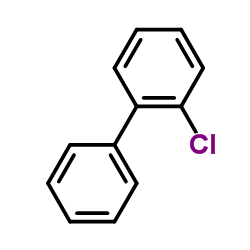| Structure | Name/CAS No. | Articles |
|---|---|---|
 |
3,5-Dichlorobiphenyl
CAS:34883-41-5 |
|
 |
pcb 1
CAS:2051-60-7 |